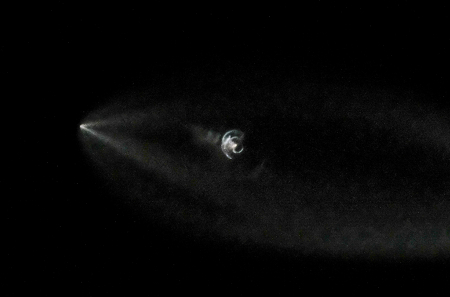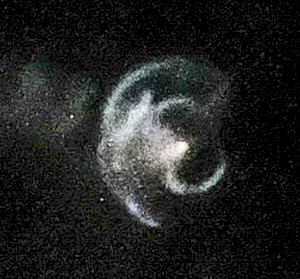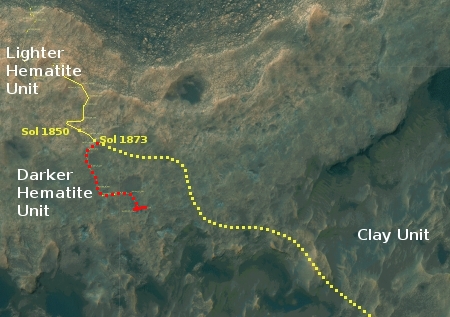China aiming for more than 40 launches in 2018
The new colonial movement: As part of China’s continuing effort to establish itself as a major space power the country plans to launch more than 40 times in 2018, more than doubling its previous average yearly launch rate.
The China Aerospace Science and Technology Corporation (CASC), announced at a conference on January 2 that its 2018 work model includes 35 launches, underlining the return to flight of the heavy-lift Long March 5 rocket, the Chang’e-4 lunar far side mission and launches of Beidou navigation satellites as the major activities.
In addition CASIC, a defense contractor, missile maker and sister company of CASC, will carry out a number of missions through its subsidiary EXPACE, including launching four Kuaizhou-1A rockets within one week and the maiden flight of the larger Kuaizhou-11.
Landspace Technology, a Beijing-based private aerospace company, is also expected to debut its LandSpace-1 solid propellant rocket this year.
The existence of even one private rocket company in China surprises me.
The new colonial movement: As part of China’s continuing effort to establish itself as a major space power the country plans to launch more than 40 times in 2018, more than doubling its previous average yearly launch rate.
The China Aerospace Science and Technology Corporation (CASC), announced at a conference on January 2 that its 2018 work model includes 35 launches, underlining the return to flight of the heavy-lift Long March 5 rocket, the Chang’e-4 lunar far side mission and launches of Beidou navigation satellites as the major activities.
In addition CASIC, a defense contractor, missile maker and sister company of CASC, will carry out a number of missions through its subsidiary EXPACE, including launching four Kuaizhou-1A rockets within one week and the maiden flight of the larger Kuaizhou-11.
Landspace Technology, a Beijing-based private aerospace company, is also expected to debut its LandSpace-1 solid propellant rocket this year.
The existence of even one private rocket company in China surprises me.




